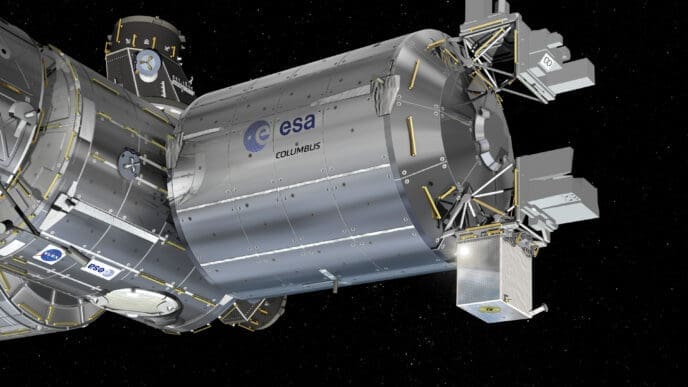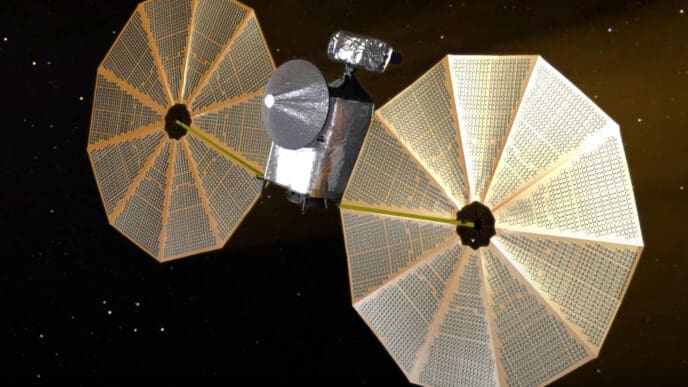NASA’s Heliophysics Division is dedicated to unraveling the complexities of the Sun and its profound influence on space and planetary atmospheres. Situated within the Science Mission Directorate, the division examines how this celestial body shapes space and impacts technological systems on Earth. Contrary to common belief, space is not entirely empty; it is filled with activity driven by the Sun’s dynamic environment.
The Sun is more than a source of light; it is an active star that continuously emits a stream of particles and energy known as the solar wind. This phenomenon creates a vast magnetic environment that extends throughout the solar system. NASA’s fleet of spacecraft, strategically positioned at key locations, monitors this activity to enhance understanding of the Sun’s role in space weather phenomena and its effects on Earth and beyond.
Space weather, although it occurs in an environment much emptier than any on Earth, significantly influences planetary magnetic fields and technological systems. The Sun’s emissions, including solar flares and coronal mass ejections, can disrupt satellites and power grids, posing challenges for communication and navigation systems. Understanding these interactions is crucial for safeguarding our technological infrastructure and for planned human missions to distant planets.
Earth’s magnetosphere, the planet’s protective magnetic shield, is a vital component of its habitability. NASA’s research into Earth’s magnetic environment helps decipher how solar winds and magnetospheric dynamics affect our atmosphere and climate. The ionosphere, thermosphere, and mesosphere further illustrate the dynamic interactions between solar activity and Earth’s atmospheric conditions. This region acts as a conduit for energy, playing a crucial role in space weather effects.
The heliosphere, an immense bubble formed by the solar wind, envelops the Sun and its planets. It acts as a barrier against harmful interstellar radiation, highlighting the Sun’s protective influence. NASA’s studies aim to deepen understanding of this boundary, providing insights into space physics and planetary habitability processes across the universe.
Solar eclipses, though rare, provide unique opportunities to explore the Sun-Earth relationship. NASA capitalizes on these events to gather data that improves our comprehension of the Sun’s behavior and its impact on Earth’s environment. This research informs both solar and Earth sciences, offering valuable perspectives on the interconnectedness of celestial phenomena.
NASA’s Heliophysics Division’s meticulous research into the Sun’s dynamics and its expansive impact across our solar system underscores the significance of understanding our star. This pursuit not only enhances scientific knowledge but also fortifies our planet against space weather-related challenges. By advancing our grasp of these solar processes, NASA continues to illuminate the paths to safeguarding technology and augmenting human exploration efforts.
Source: Science.Nasa











